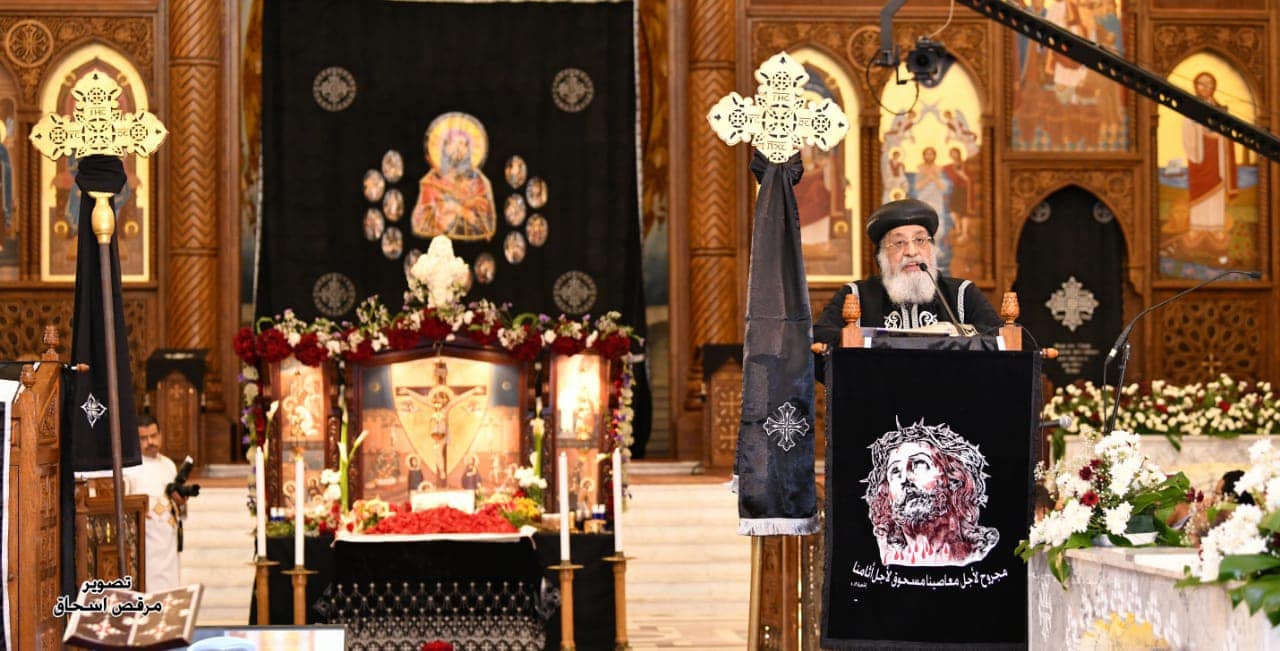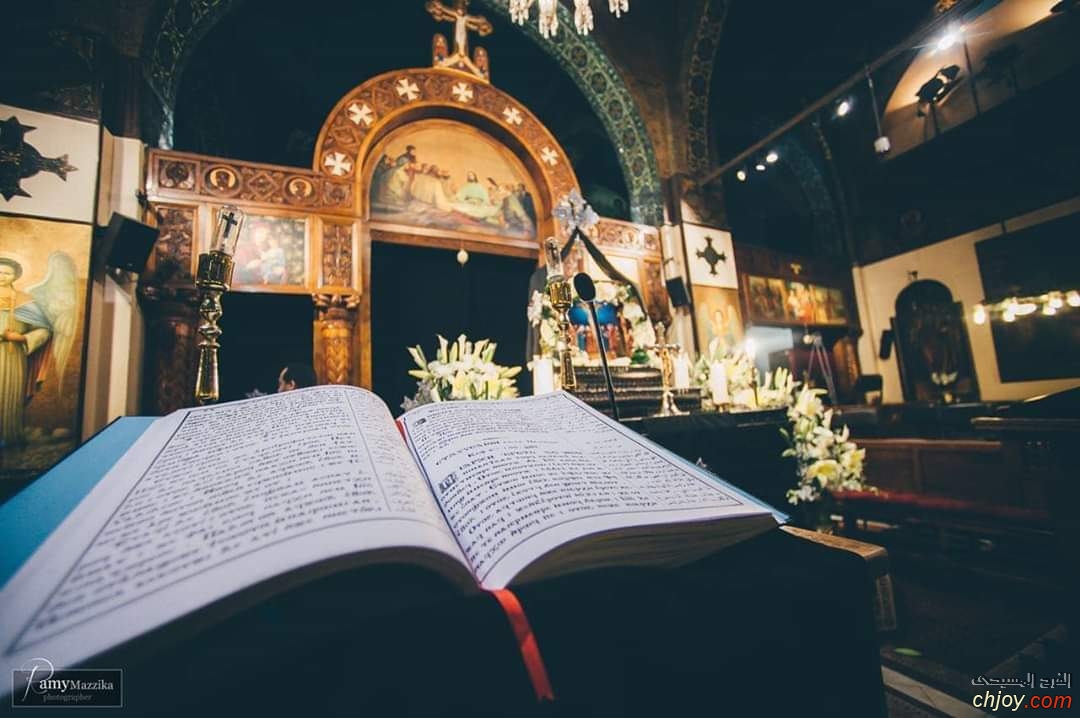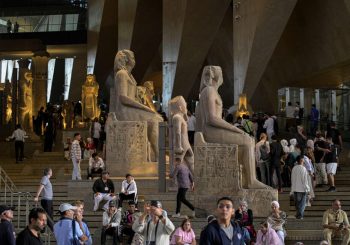This is the third article of the series ‘Coptic Diaries’, where Marina Makary takes Egyptian Streets’ readers on a journey in the Coptic Orthodox church — its people, history, traditions, and culture.
As Lent – the longest fast of the year in the Coptic Orthodox Church – approaches its end, the church begins to prepare for the holiest time of the year: Holy Week. Passion Week, more commonly known as Holy Week, is the last week of Lent, and the week that precedes Easter.
With the end of Palm Sunday, the last Sunday before Easter, the Holy Week starts, commemorating the crucifixion of Jesus Christ. During this week, the church, its prayers, and worshippers are different from any other time of the year.
General Funeral
Since church services focus on the crucifixion of Jesus Christ during Passion Week, a general funeral prayer is held following Palm Sunday mass. If a member of the community passes away during the Holy Week, they are not given a special funeral prayer service uniquely for them because the general funeral was for the entire community in attendance.
The funeral signals the beginning of Holy Week.
Holy ‘Pascha’
The main tradition that accompanies the Holy Week is the Holy ‘Pascha’, an Aramaic word based on the Hebrew word ‘Pesach’, which translates to ‘Passover’. ‘Pascha’ refers to the Jewish Passover mentioned in Exodus in the Old Testament: when the angel of death passed over the homes of the Israelites in Egypt and the blood of lambs was poured over doorposts to spare their firstborn sons from its grips. It signifies passing over from death to life.
Between hymns, psalms, and the gospel, churches set a schedule of prayers and readings that correspond with the journey of Jesus Christ to crucifixion.
Black covers

Black veils are draped over the walls and along the columns of the church, as the houses of worship go into an atmosphere of mourning. Most of the icons and images of saints and martyrs are covered in black as the focus of the congregation is on the crucifixion journey of Jesus Christ.
With the end of Good Friday, the day marking the crucifixion of Jesus Christ, the black covers are replaced with glowing white veils and church lights are lit to represent the joy of resurrection, in preparation for Easter Sunday.
Intermittent fasting
Although intermittent fasting should be followed throughout Lent, many Copts adopt it religiously during the Holy Week. Copts follow strict abstinence from food and drink, including water from 12 AM to 3 PM, representing the hour that Jesus died on the cross. After this time, Copts can fast, but continue to follow a vegan diet as part of the continuation of Lent.
However, on Good Friday, the abstinence period continues till the end of the Great Friday prayers, usually around 6 PM.
Once Holy Week is over, the church transforms from sadness to joy. This is shown through the church decorations, joyful hymns, the use of triangles and cymbals, and the general atmosphere. The church is adorned in white to symbolize the joy of resurrection.







Comment (1)
[…] What is Holy Week and How do Copts Celebrate it? Israeli Forces Assault Worshippers At Al-Aqsa, Egypt and Social Media React […]